Unit 2: Age of Reformation
1/64
Earn XP
Description and Tags
The flashcards belonging to the age of reformation note.
Name | Mastery | Learn | Test | Matching | Spaced |
|---|
No study sessions yet.
65 Terms

John Wycliffe
English theologian and reformer who advocated for the translation of the Bible into English and criticized the Catholic Church's wealth and corruption.
Lollards
Followers of John Wycliffe who continued his work after his death.
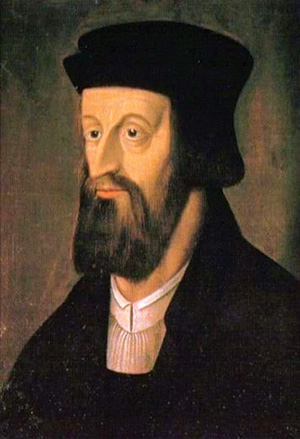
Jan Hus
Czech theologian and reformer who criticized the Catholic Church's sale of indulgences and advocated for the use of vernacular languages in religious services.
Heresy
The act of holding beliefs that go against the official doctrine of a religious institution.
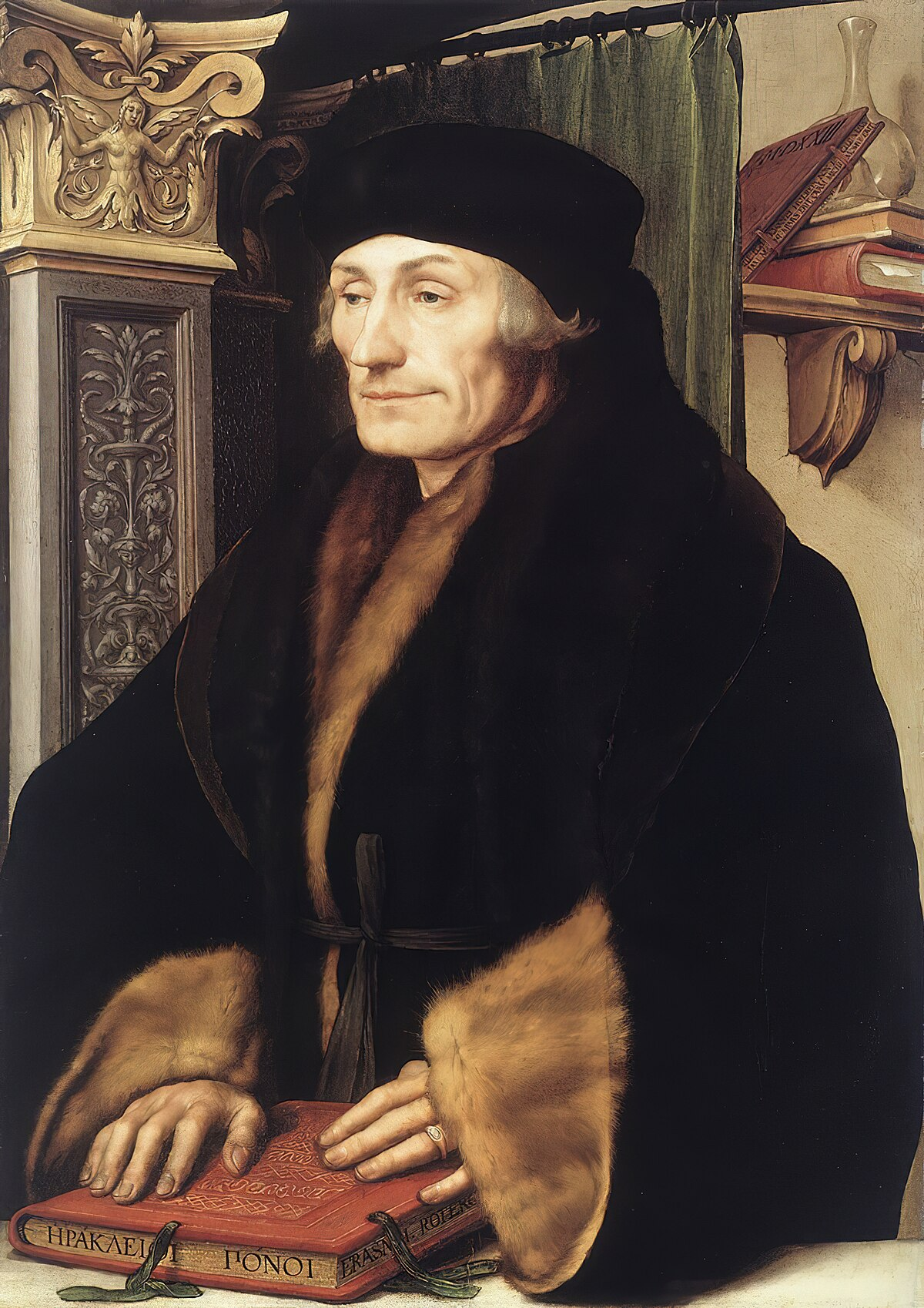
Erasmus
Dutch humanist and theologian who criticized the Catholic Church's corruption and advocated for the study of classical texts and the use of reason in religion.
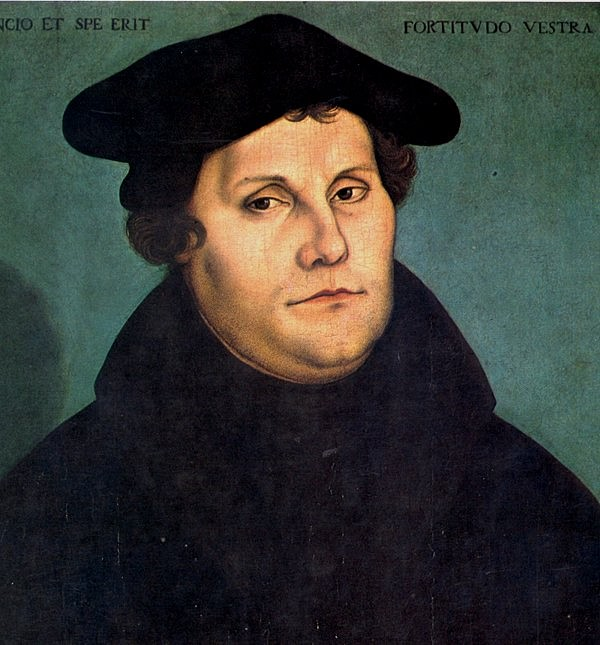
Martin Luther
German theologian and reformer who was influenced by the ideas of Erasmus and played a key role in the Protestant Reformation.
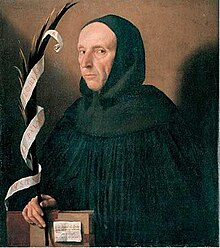
Savonarola
Italian friar and reformer who criticized the Catholic Church's corruption and immorality and called for a return to a simpler, more moral form of Christianity.
Protestant Reformation
A religious movement in the 16th century that aimed to reform the Catholic Church and resulted in the formation of various Protestant denominations.
95 Theses
A list of criticisms of the Catholic Church's practices, written by Martin Luther in 1517, that sparked the Protestant Reformation.
Bible translation
The act of translating the Bible into German by Martin Luther, which made it accessible to the common people and contributed to the spread of Protestantism.
Institutes of the Christian Religion
A book written by John Calvin that outlined his beliefs and became a key text of Protestant theology.
Predestination
The belief that God has already determined who will be saved and who will be damned, as held by John Calvin and other Protestant theologians.
Theocracy
A form of government in which religious leaders have the power and authority, as established by John Calvin in Geneva, Switzerland.
German Peasants' War
Peasants' uprising against feudal lords and the Catholic Church, led by Thomas Müntzer and other radical reformers, resulting in the deaths of tens of thousands of peasants and the suppression of the rebellion.
Schmalkaldic Wars
Conflict between the Holy Roman Empire and the Schmalkaldic League of Protestant princes, triggered by Emperor Charles V's attempt to enforce Catholicism in Protestant territories, ended with the defeat of the Schmalkaldic League and the reaffirmation of Catholicism as the official religion of the Empire.
Peace of Augsburg
Treaty between the Holy Roman Empire and the Schmalkaldic League, established the principle of "cuius regio, eius religio" (whose realm, his religion), allowed each prince to choose between Catholicism and Lutheranism as the official religion of their territory, marked the end of religious warfare in Germany and the beginning of a period of relative stability.
French Wars of Religion
A series of conflicts between Catholics and Protestants in France from 1562 to 1598.
Massacre of Vassy
The first major conflict in the French Wars of Religion, where Catholic forces attacked a group of Huguenots during a worship service, killing over 60 people.
St. Bartholomew's Day Massacre
A turning point in the French Wars of Religion, where thousands of Huguenots were killed in Paris and throughout France.
Edict of Nantes
A royal decree issued in 1598 by King Henry IV of France, which granted religious toleration to the Huguenots and ended the French Wars of Religion.
Thirty Years' War
A religious conflict fought primarily in Central Europe from 1618 to 1648 between the Protestants and Catholics, involving most of the major European powers of the time.
Bohemia
The region where the Protestant nobility rebelled against the Catholic Habsburgs, leading to the start of the Thirty Years' War, in todays Czechia.
Peace of Westphalia
The treaty signed in 1648 that recognized the independence of the Dutch Republic and Switzerland and granted religious freedom to the Protestants, marking the end of the Thirty Years' War.
Holy Roman Empire
A major political entity in Europe that came to an end with the conclusion of the Thirty Years' War.
Reformation
A religious movement that challenged the authority of the Catholic Church and led to the establishment of Protestantism as a separate branch of Christianity.
Protestantism
A branch of Christianity that emerged as a result of the Reformation and rejected the authority of the Catholic Church.
National Church
A church that is established and recognized by the state as the official religion of the country.
Suppression
The act of preventing or stopping something, often by force or intimidation.
Persecution
The act of mistreating or harassing someone based on their beliefs or identity.
Military Campaigns
A series of military operations aimed at achieving a specific objective or goal.
Manipulation
The act of using something or someone for one's own advantage or benefit, often in a dishonest or unethical way.
Nobility
The highest social class, born into their status, owned land, collected taxes, and had political power.
Clergy
The second-highest social class, responsible for religious duties, exempt from taxes, and had access to education and healthcare.
Bourgeoisie
The middle class, consisting of merchants, bankers, and professionals, who had wealth and education but were not born into their status.
Peasants
The lowest social class, consisting of farmers and laborers who worked for the nobility and clergy, had little to no education, and were often poor.
Women
Not considered a social class, but placed within their respective social classes, had limited rights and opportunities, and their roles were primarily domestic.
Mannerism
An artistic style that emerged in the late Renaissance period, characterized by the distortion of proportions, exaggerated poses, and the use of artificial colors.
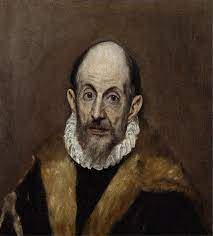
El Greco
Greek artist who worked in Spain, known for his elongated figures and use of vibrant colors, considered a precursor to Expressionism.
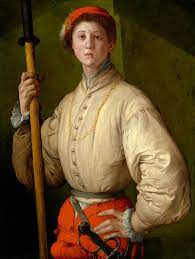
Jacopo da Pontormo
Florentine painter of the Mannerist style, known for his use of distorted figures and complex compositions, influenced by Michelangelo and Leonardo da Vinci.
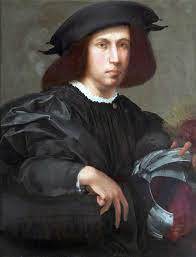
Rosso Fiorentino
Florentine painter of the Mannerist style, known for his use of vivid colors and dynamic compositions, influenced by Michelangelo and Raphael.

Parmigianino
Italian painter of the Mannerist style, known for his elongated figures and use of perspective, influenced by Correggio and Raphael, created the famous Madonna with the Long Neck painting.
Baroque Art
A style of art that emerged in the 17th century characterized by its dramatic and ornate style, use of light and shadow, intense emotions, and grandeur.
Chiaroscuro
The dramatic use of light and shadow in Baroque art.
Grandeur
The quality of being impressive and magnificent, often seen in Baroque art.
Allegory
The use of symbols or imagery to convey a deeper meaning or message in Baroque art.
Gian Lorenzo Bernini
An Italian sculptor, architect, and painter known for his Baroque style, including works such as the Ecstasy of Saint Teresa and the Baldacchino in St. Peter's Basilica.
Peter Paul Rubens
A Flemish Baroque painter known for his dynamic compositions and emphasis on movement, including works such as The Descent from the Cross and The Garden of Love.
Rembrandt van Rijn
A Dutch painter and etcher known for his use of light and shadow and his portraits, including works such as The Night Watch and Self-Portrait with Two Circles.
Council of Trent
This council addressed the criticisms of the Catholic Church and reaffirmed its teachings. It also established seminaries to train priests and banned the sale of indulgences. (1545-1563)
Establishment of the _______ (1540)
Establishment of the Jesuits (1540)
Reforms of St. Teresa of Avila (16th century)
St. Teresa reformed the Carmelite order and emphasized the importance of personal prayer and devotion.
Pope Paul III
He called the Council of Trent, which was a key event in the Catholic Reformation.
St. Teresa of Avila
She reformed the Carmelite order and emphasized the importance of personal prayer and devotion.
Anabaptists
They believed in adult baptism and the separation of church and state. They rejected infant baptism and the idea of a state church. They were persecuted by both Catholics and Protestants.
Radical Reformers
They were a diverse group of people who rejected the authority of the state and the established church. They believed in the direct guidance of the Holy Spirit and the importance of individual conscience.
Peasants
They were a group of poor farmers who were oppressed by the ruling class. They saw the Reformation as an opportunity to fight for their rights and improve their living conditions. They rebelled against the state and the church, but their uprisings were brutally suppressed.
Protestant Dissenters
They were Protestants who disagreed with the official doctrine of their church. They were often persecuted by the state and the established church. Some of them formed their own churches or joined other dissenting groups.
Waldensians
They were a group of Christians who lived in the Alps and rejected the authority of the Catholic Church. They were persecuted for their beliefs and were forced to flee to other parts of Europe.
Sola Scriptura
The Bible is the only source of divine revelation and the ultimate authority for Christian faith and practice.
Sola Fide
Salvation is by faith alone, and not by good works or any other means.
Sola Gratia
Salvation is a free gift of God's grace, and cannot be earned or deserved.
Anathema
A formal curse or condemnation, often associated with religious or supernatural beliefs.
Jesuit Order
Religious order founded by _________ in 1534. Members take vows of poverty, chastity, and obedience. Known for their emphasis on education and missionary work.
Index of Prohibited Books
A list of books banned by the Catholic Church for their heretical or immoral content, first published in 1559 and abolished in 1966.
Ignatius of Loyola
Spanish priest and theologian who founded the Society of Jesus, also known as the Jesuits, in 1540. He believed in rigorous education and spiritual discipline, and his order became known for its missionary work and intellectual pursuits.